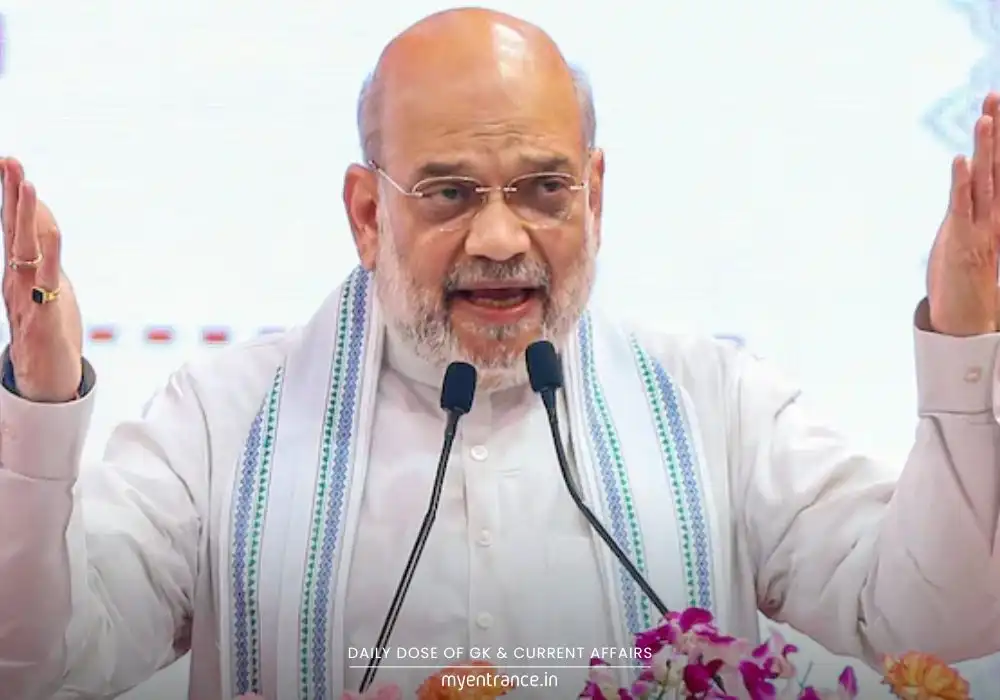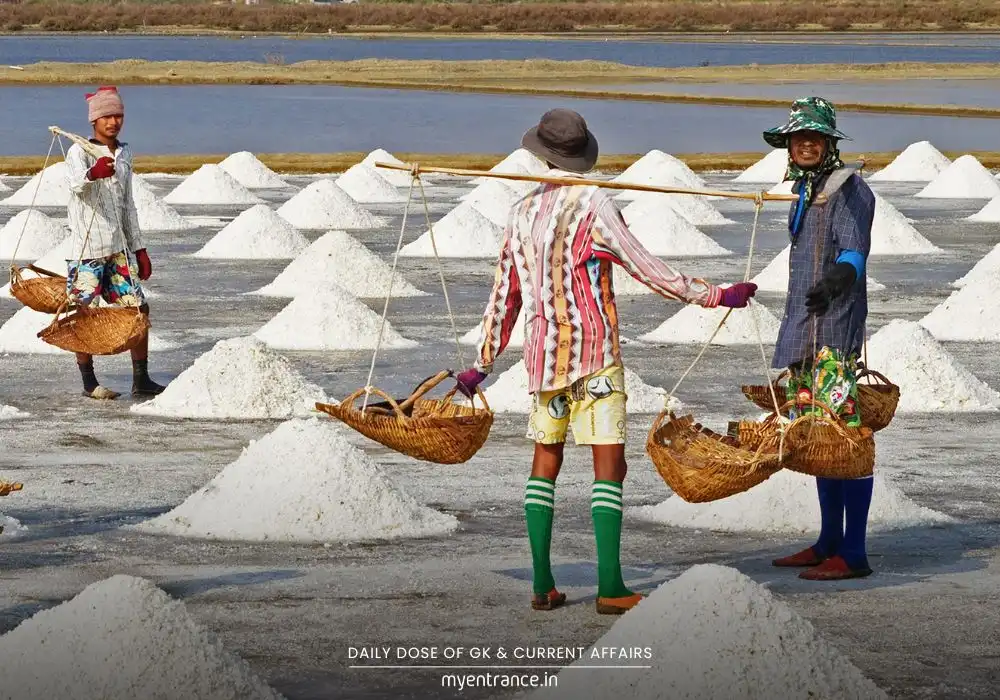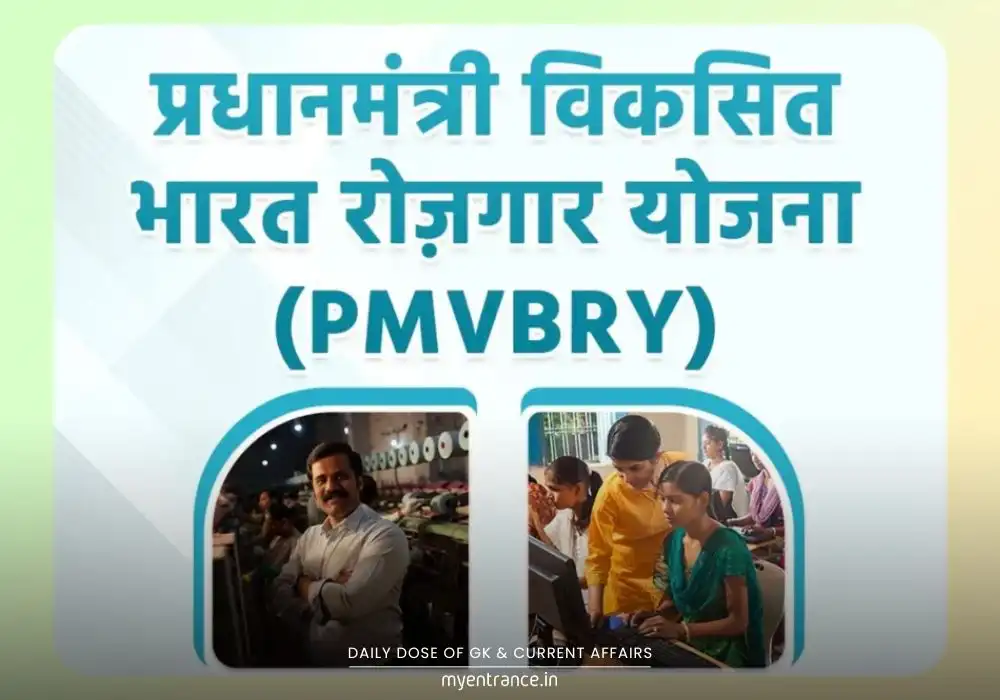Translate Language
Sahkar Se Samriddhi: How Does the 2025 Cooperative Policy Aim to Transform India?
India ushered in a new era for its vast cooperative sector with the launch of the National Cooperative Policy 2025 by Union Home Minister Amit Shah. Replacing a policy in place for 23 years, this ambitious framework aims to drive national prosperity (“Sahkar Se Samriddhi”) leading up to India’s centenary in 2047. Its timing is globally significant, aligning perfectly with the UN-declared 2025 International Year of Cooperatives.

India’s cooperative movement isn’t just a modern economic strategy; it’s woven into the fabric of the nation’s development journey for over a century. Understanding the historic significance of the newly launched National Cooperative Policy 2025 is crucial for grasping its potential impact.
The roots run deep, stretching back to pre-Independence India. The first major step was the Cooperative Credit Societies Act of 1904, born from the recommendations of the Edward Law Committee. This sparked remarkable growth – by 1911, over 5,300 societies had sprung up, boasting more than 3 lakh members! Recognizing this surge, the Cooperative Societies Act of 1912 provided the first solid organizational framework, even leading to the pioneering Madras Cooperative Union (a housing society) in 1914. Subsequent milestones, like the influential Maclagen Committee during WWI and the devolution of cooperatives to provinces under the 1919 Government of India Act (exemplified by the landmark Bombay Act of 1925), cemented their role in rural credit and development.
Perhaps the most iconic chapter began just months before Independence, with the registration of the Khera District Cooperative Milk Producers Union – Amul – in December 1946. Post-independence, cooperatives became central to India’s Five-Year Plans. Amul, under Verghese Kurien’s visionary leadership, transformed India from a milk-deficient nation into the world’s largest milk producer, a staggering achievement showcasing the power of the cooperative model. The sector received renewed focus in 2002 with the first National Cooperative Policy under the Vajpayee-led NDA government.
Fast forward to July 2025. Union Home Minister Amit Shah unveiled the National Cooperative Policy 2025, marking a decisive shift after 23 years. Why is this historic?
Centennial Vision: It’s designed to guide the sector effectively from 2025 right up to the centenary of India’s independence in 2047, with the explicit goal of building a “Viksit Bharat” (Developed India) through cooperation.
Global Alignment: It launches precisely as the United Nations’ International Year of Cooperatives (2025) begins, carrying the resonant theme “Cooperatives Build a Better World.” India proudly hosted the global launch event in November 2024, underscoring its commitment.
Institutional Evolution: This policy is the fruit of a dedicated Ministry of Cooperation, created just four years ago in July 2021 under Amit Shah. This marked a major elevation from being merely a department under Agriculture since 1979. The Ministry’s motto, “Sahkar se Samriddhi,” is now the policy’s core vision.
Constitutional Backing: The path was paved by the landmark 97th Constitutional Amendment (2011), which elevated the right to form cooperatives to a Fundamental Right (Article 19(1)(c)) and added promoting cooperatives as a Directive Principle (Article 43-B).
Ambitious Pillars: The policy rests on six transformative pillars: Strengthening Foundations, Promoting Vibrancy, Future-Proofing Societies, Enhancing Inclusivity, Expanding into New Sectors, and Engaging Youth – a comprehensive blueprint for modernization and growth.
Building Momentum: The Ministry hasn’t been idle. Key initiatives like the Multi-State Cooperative Societies Act, 2023 (creating bodies like the National Cooperative Exports Limited – NCEL, which secured Rs 5,000 crore export orders quickly), plans for the “world’s largest grain storage scheme,” 2 lakh new PACS, Model Cooperative Villages, and the foundation of India’s first national cooperative university (Tribhuvan Sahkari University) demonstrate significant groundwork laid before this policy launch.
The National Cooperative Policy 2025 isn’t just a document; it’s a historic commitment to harnessing India’s deep-rooted cooperative spirit to meet 21st-century challenges and opportunities, aiming for unprecedented socio-economic transformation by 2047.
Questions and Answers Related to the Topic:
Q1: What exactly is a cooperative society in the Indian context?
A1: Cooperatives are grassroots organizations formed by people (often farmers, artisans, or consumers) to pool their resources and leverage collective bargaining power in the market. This allows them to achieve common economic goals – like processing produce (e.g., milk via Amul), accessing credit, or purchasing inputs – that would be difficult or costly for individuals alone. They operate on principles of mutual aid and democratic member control.
Q2: What is the core vision and timeframe of the new National Cooperative Policy 2025?
A2: The policy’s central vision is “Sahkar Se Samriddhi” (Prosperity through Cooperation), aiming to contribute significantly to building a “Viksit Bharat” (Developed India). It is designed to be effective for approximately two decades, spanning from 2025 to 2045, strategically leading up to the centenary of India’s independence in 2047.
Q3: Why is the timing of the National Cooperative Policy 2025 particularly significant globally?
A3: The timing is highly significant because the United Nations has declared 2025 as the International Year of Cooperatives (IYC) with the theme “Cooperatives Build a Better World.” Launching India’s ambitious new policy at the start of the IYC highlights the country’s commitment to the global cooperative movement and positions it as a leader in this space. India also hosted the global IYC launch event in November 2024.
Q4: What major constitutional change paved the way for strengthening cooperatives in India?
A4: The 97th Constitutional Amendment Act of 2011 was pivotal. It (i) Granted the “Right to form cooperative societies” as a Fundamental Right under Article 19(1)(c), and (ii) Inserted Article 43-B into the Directive Principles of State Policy (Part IV), mandating the state to promote cooperative societies.
Q5: What are the “5 Ps” guiding the initiatives of the Ministry of Cooperation, as mentioned in relation to the policy?
A5: The Cooperation Minister stated that the Ministry’s numerous initiatives (around 60) are based on the framework of the 5 Ps:
Get 3 Months Free Access for SSC, PSC, NIFT & NID
Boost your exam prep!
Use offer code WELCOME28 to get 3 months free subscription. Start preparing today!















